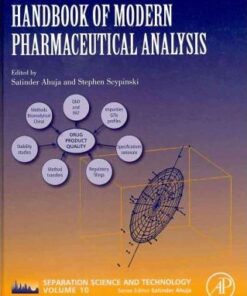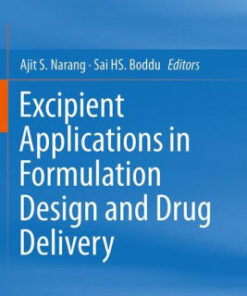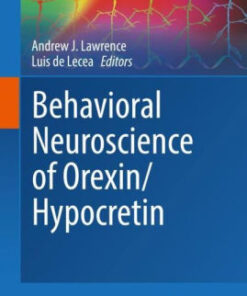(PDF) Rang & Dale’s Pharmacology 9th Edition by James M. Ritter
$18.00
Download instantly Rang & Dale’s Pharmacology 9th Edition by James M. Ritter, Rod J. Flower, Graeme Henderson, Yoon Kong, David MacEwan. It is ebook in PDF format.
ISBN-10: 0702074489 ISBN-13: 9780702074486
Preview
This is the PDF eBook version for Rang & Dale’s Pharmacology 9th Edition by James M. Ritter, Rod J. Flower, Graeme Henderson, Yoon Kong, David MacEwan
Table of Contents
Rang and Dale’s Pharmacology
Section 1. General principles
1. What is pharmacology?
2. How drugs act: general principles
3. How drugs act: molecular aspects
4. How drugs act: cellular aspects excitation, contraction and secretion
5. Biopharmaceuticals and gene therapy
6. Cell proliferation, apoptosis, repair and regeneration
7. Cellular mechanisms: host defence
8. Method and measurement in pharmacology
9. Absorption and distribution of drugs
10. Drug metabolism and elimination
11. Pharmacokinetics
12. Individual Variation, Pharmacogenomics and Personalised Medicine
Section 2. Chemical Mediators
13. Chemical mediators and the autonomic nervous system
14. Cholinergic transmission
15. Noradrenergic transmission
16. 5-Hydroxytryptamine and the Pharmacology of Migraine
17. Purines
18. Local Hormones 1: Histamin and the Biologically Active Lipids.
19. Local Hormones 2: Peptides and Proteins
20. Cannabinoids
21. Nitric oxide and other gaseous mediators
Section 3. Drugs affecting major organ systems
22. The heart
23. The vascular system
24. Atherosclerosis and lipid metabolism
25. Haemostasis and thrombosis
26. Haemopoietic system
27. Anti-inflammatory and immunosuppressant drugs
28. Skin
29. Respiratory system
30. The Kidney and urinary system
31. The Gastrointestinal tract
32. The control of blood glucose and drug treatment of diabetes mellitus
33. Obesity
34. The Pituitary and the adrenal cortex
35. Thyroid
36. The reproductive system
37. Bone metabolism
Section 4. Nervous System
38. Chemical transmission and drug action in the nervous system
39. Amino acid transmitters
40. Other transmitters and modulators
41. Neurodegenerative diseases
42. General anaesthetic agents
43. Analgesic drugs
44. Local anaesthetics and other drugs affecting sodium channels
45. Anxiolytic and hypnotic drugs
46. Antiepileptic drugs
47. Antipsychotic drugs
48. Antidepressant drugs
49. CNS stimulants and psychotomimetic drugs
50. Drug addiction, dependence and abuse
Section 5. Drugs used for the treatment of infections and cancer
51. Basic principles of antimicrobial chemotherapy
52. Antibacterial drugs
53. Antiviral drugs
54. Antifungal drugs
55. Antiprotozoal drugs
56. Anthelmintic drugs
57. Anti-cancer drugs
Section 6. Special Topics
58. Harmful effects of drugs
59. Lifestyle drugs and drugs in sport
60. Drug discovery and development




